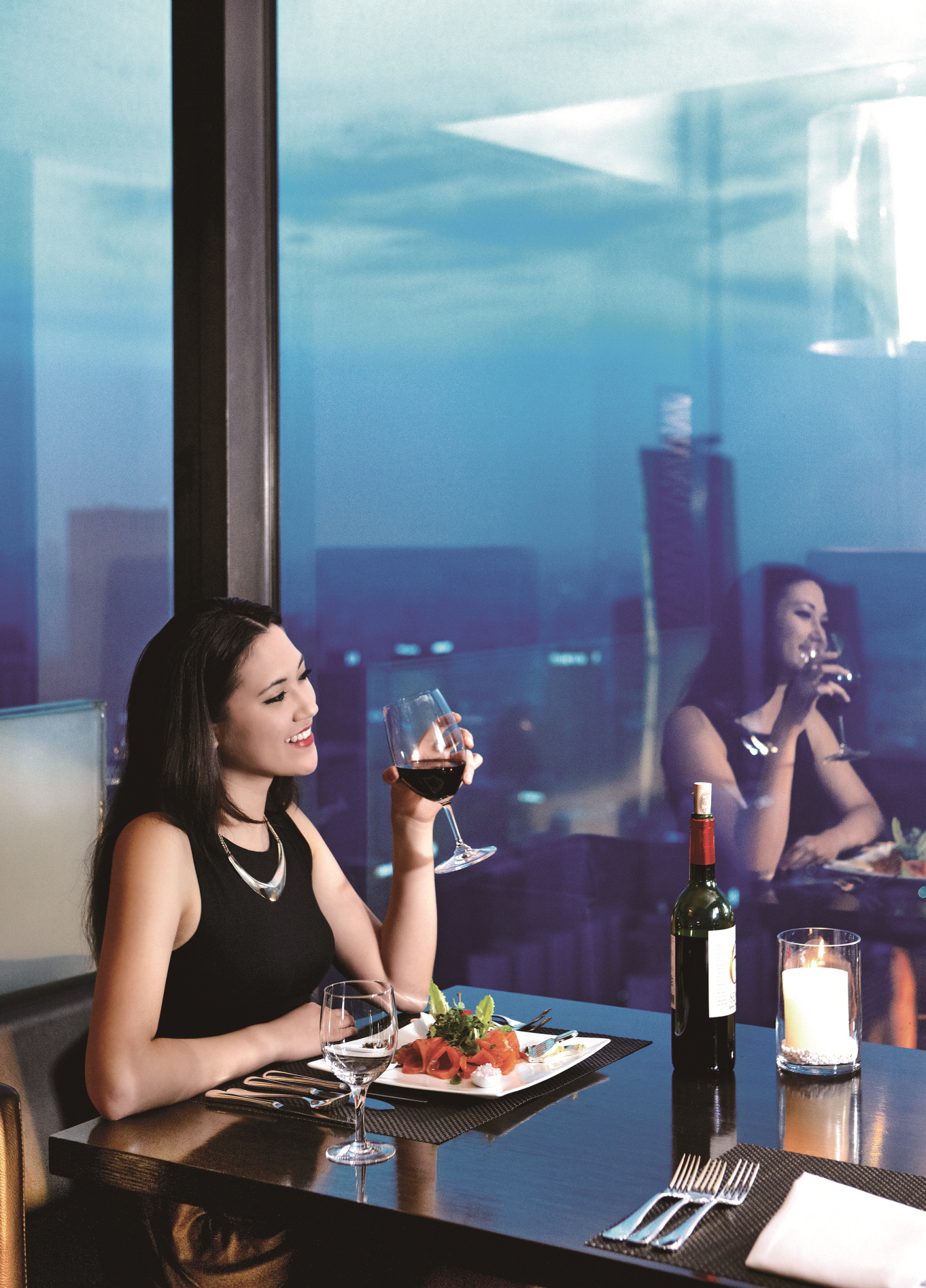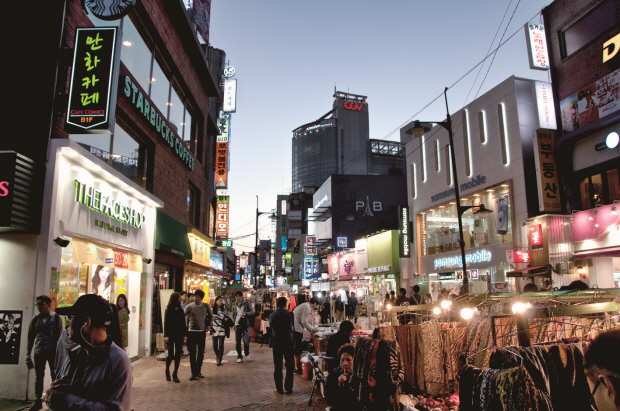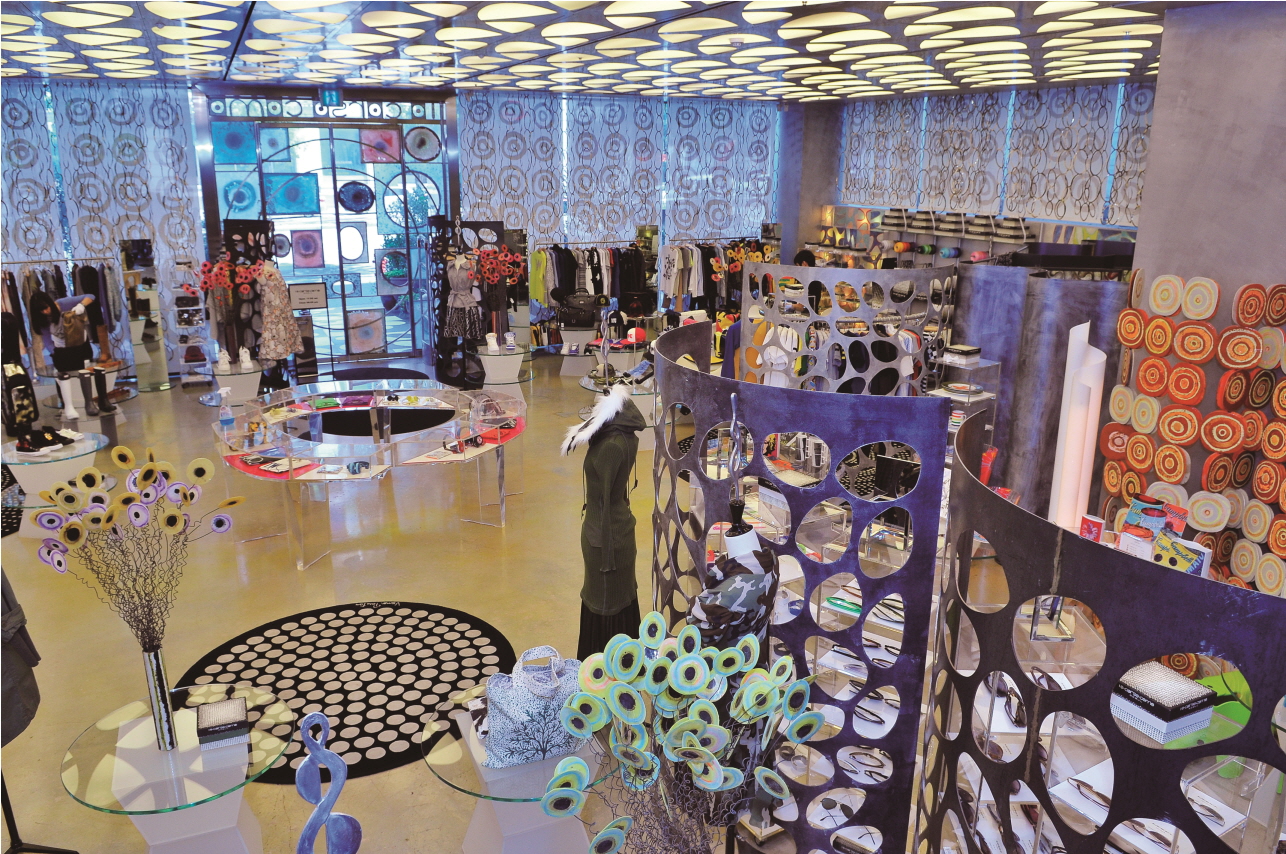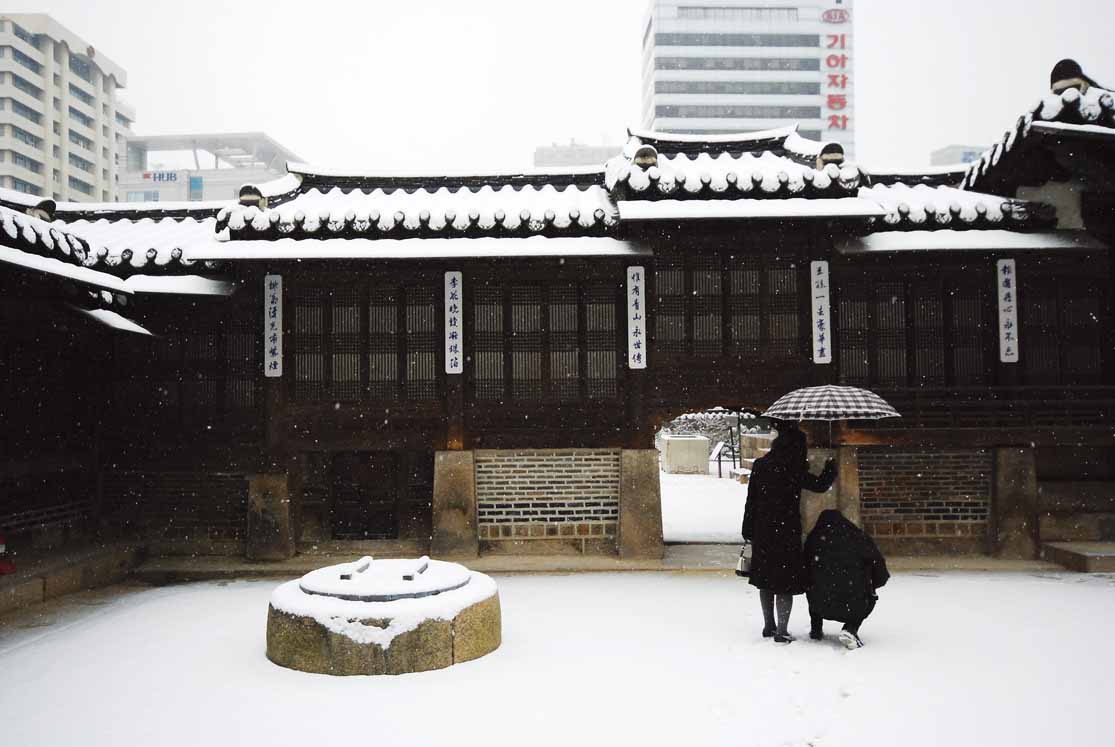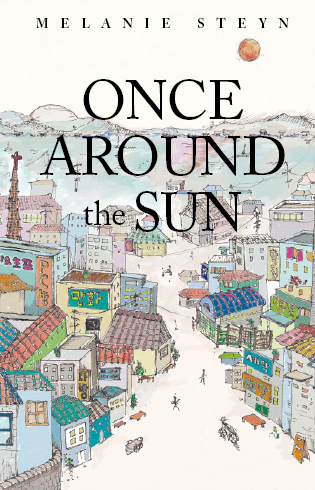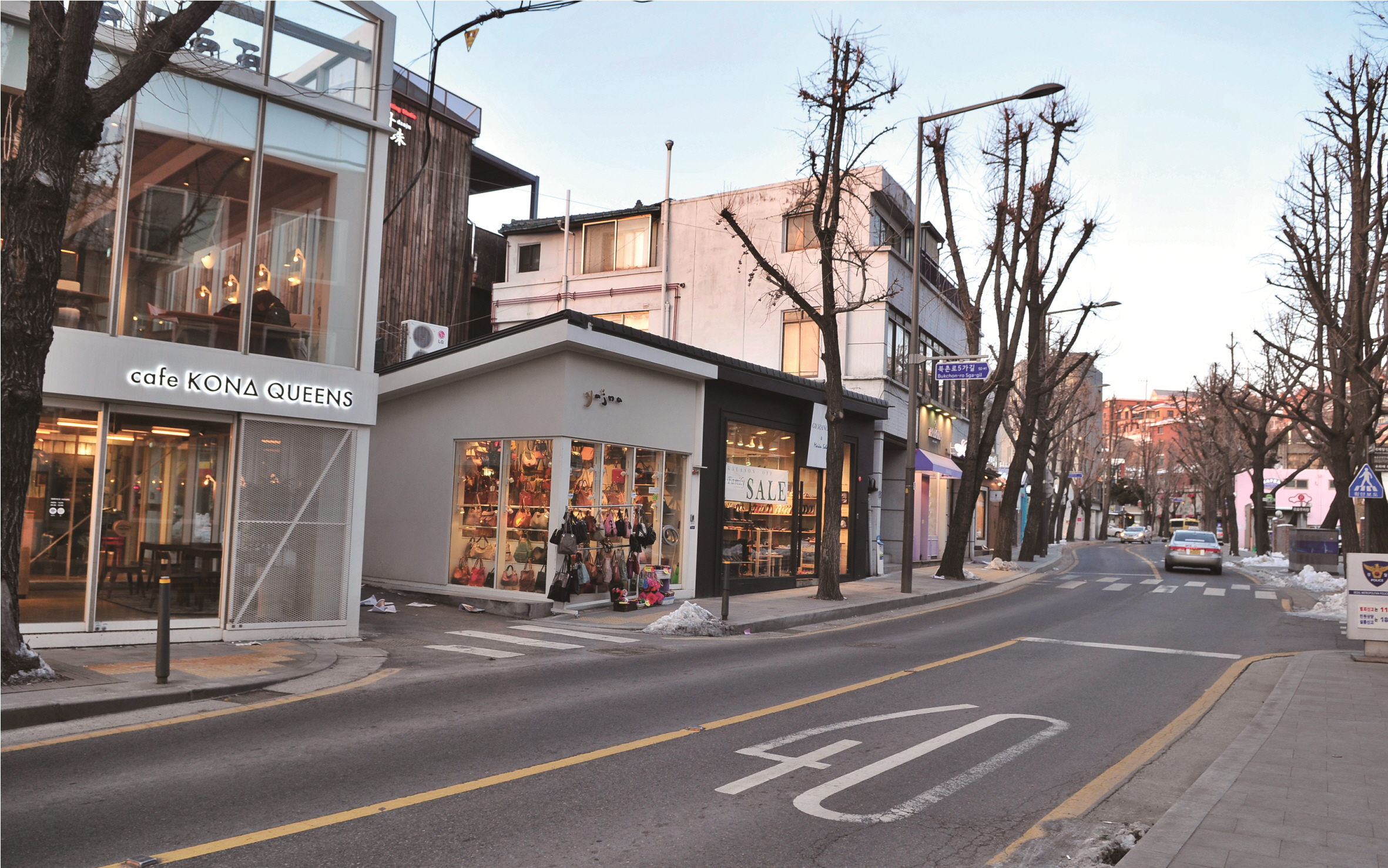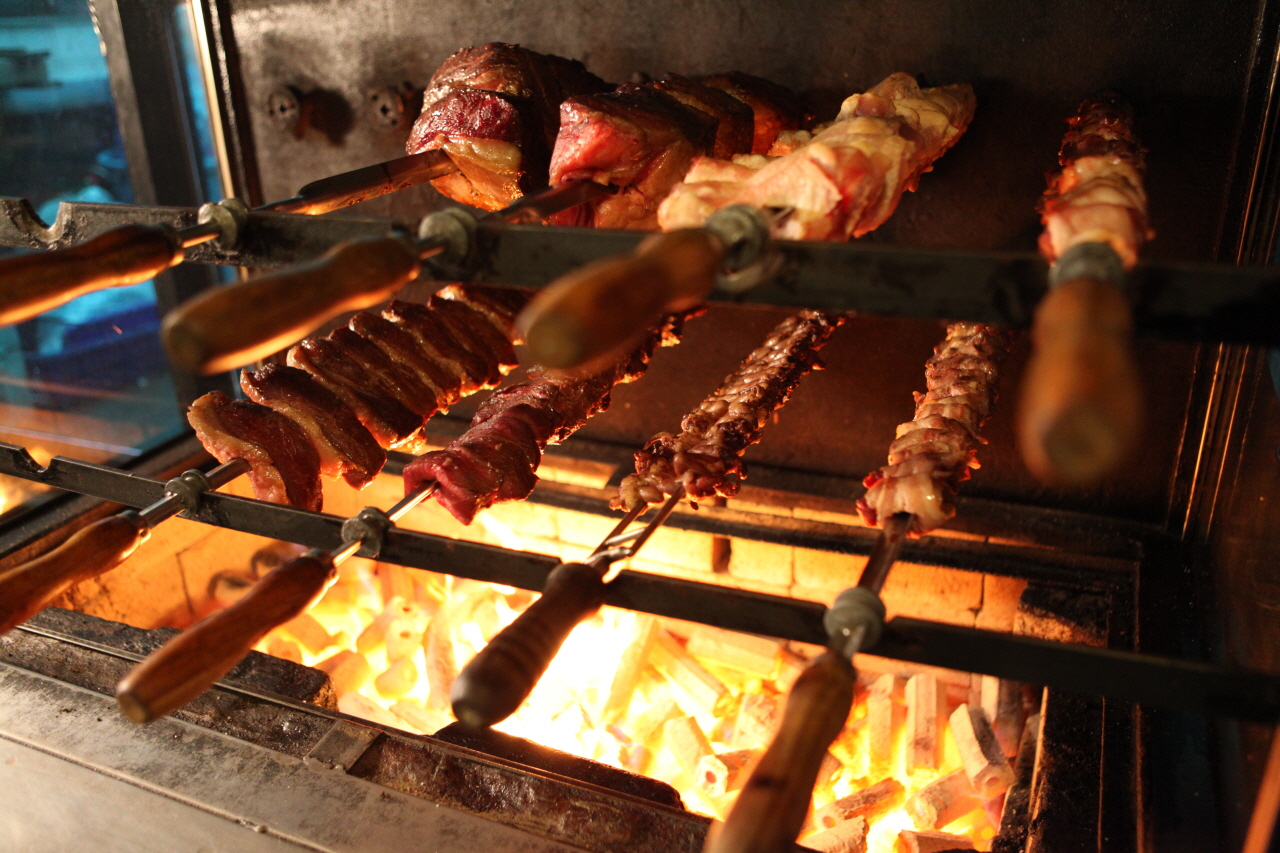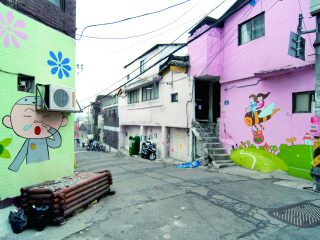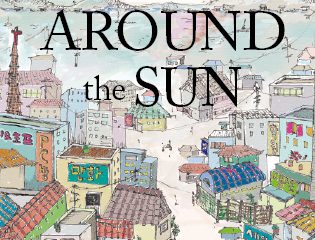[box_dark]
Seoul’s Hanok Island
Unhyeongung Royal Residence and Ikseon-dong | 운현궁과 익선동
[/box_dark]
Written by Robert J. Fouser
Photographed by Robert Koehler
Seoul is full of surprises in the most unlikely of places. The eclectic area that sits between Insa-dong to the west and Jongmyo to the east is the quintessential surprising place in the center of Seoul.
The best way to begin exploring the area is to leave Anguk Station 안국역 (Line 3) from Exit 4. The first stop is Unhyeongung Royal Residence 운현궁, originally built in the 14th century and rebuilt many times since, most recently in the 1860s. Heungseon Daewongun (1820–1898), the powerful prince regent of Korea during the minority of his son King Gojong (r. 1863–1907), lived in the palace. Heungseon Daewongun is remembered for his isolationism and sponsorship of vast rebuilding projects in Seoul.
The current buildings date from the 1860s and were restored in 1993 by the Seoul city government. The palace is an excellent example of a detached palace that housed members of the royal family during the Joseon Dynasty. The four remaining traditional buildings are excellent examples of traditional palace architecture. King Gojong and Empress Myeongseong (1851–1895) were married in the palace in 1866, and a reenactment of the royal wedding takes place every year in the spring and fall. Empress Myeongseong, commonly referred to as Queen Min, was assassinated in 1895 under orders from the Japanese Minister to Korea because of her anti-Japanese leanings. The palace is open from 9am to 6pm (November to March) and from 9am to 7pm (April to October).
Behind the palace is the white baroque style Unhyeongung Yanggwan 운현궁양관 that sits on the campus of Deokseong University. Built in 1912 by the Yi Jun, the grandson of the Heungseon Daewongun, the house now sits on the campus of Duksung Women’s University.
From the Unhyeongung Royal Residence, head south and walk past an elementary school. Turn left, walk past the Crown Hotel, and then turn right at the next alley, walking past a parking lot on your left. Go straight until the end of the alley and then turn right. This brings you to the entrance of Ikseon-dong 익선동, the largest concentration of hanok, or traditional Korean-style houses, outside of Bukchon. Unlike Bukchon, none of the hanok in Ikseon-dong have been renovated because the area is still in midst of a heated debate over redevelopment plans. The debate over redevelopment has inhibited owners from maintaining their houses, leaving many badly in need of repair.
Despite the problems, however, Ikseon-dong is the best example of an authentic 20th-century hanok neighborhood. Ikseon-dong is also important in the history of hanok because it is the second “hanok development” of the 1930s in which developers built rows of traditional-style Korean houses of similar size. The declining economic fortunes of the royal family and aristocratic estates during the Japanese colonial period (1910–45) forced owners to sell land in central Seoul. Developers bought the land and then divided it into small lots and built alleys on a grid. The first hanok development was the large houses in Gahoi-dong, but the houses in the Ikseon-dong development where smaller and less expensive.
The heart of Ikseon-dong is four long north–south alleys, all lined with hanok. Weave through the alleys and notice the individual character of each house. The decorations on the doors and the material and decoration on the walls all differ. The houses have undergone layers of change since the 1930s, and today many of the houses are used as boarding houses, with different people renting a room or two in the same house.
After walking through the alleys, walk toward the entrance of Ikseon-dong and take note of Tteuran 뜰안 (T. 02-745-7420), a tea house at the end of the alley near the parking lot. The tea house serves traditional Korean tea and offers a rare chance to see the inside of an Ikseon-dong hanok. From there, return to the street with the Crown Hotel and walk to the corner. Going straight takes you to Insa-dong, with its traditional shops and restaurants. Turning right takes you back to Anguk Station.
FYI>
Unhyeongung Royal Residence
T. 02-766-9090, www.unhyeongung.or.kr
(114-10 Unni-dong, Jongno-gu, Seoul | 서울시 종로구 운니동 114-10)
Tteuran
T. 02-745-7420
(166-76, Ikseon-dong, Jongno-gu, Seoul | 서울시 종로구 익선동 166-76)
GO>
Anguk Station 안국역 (Line 3), Exit 4





